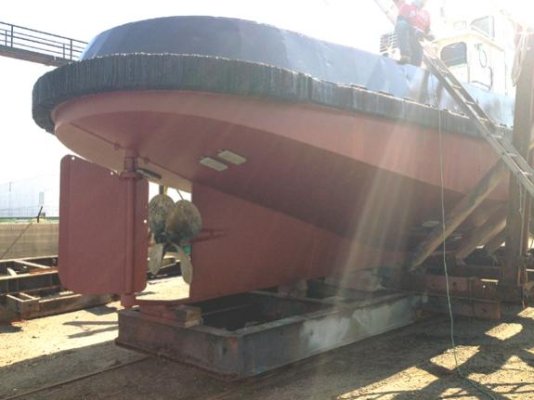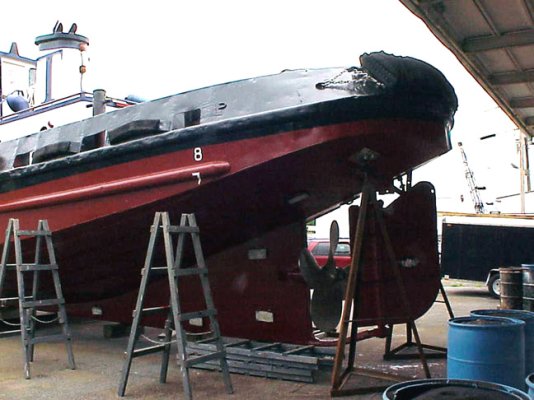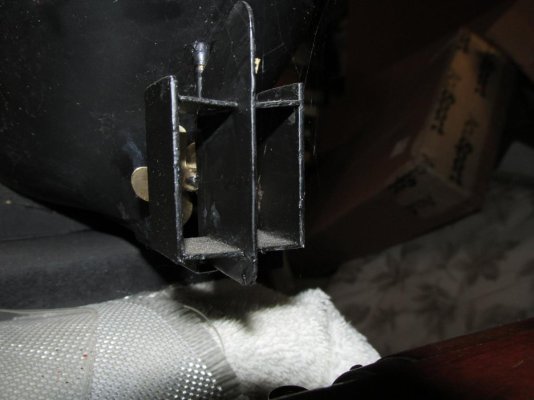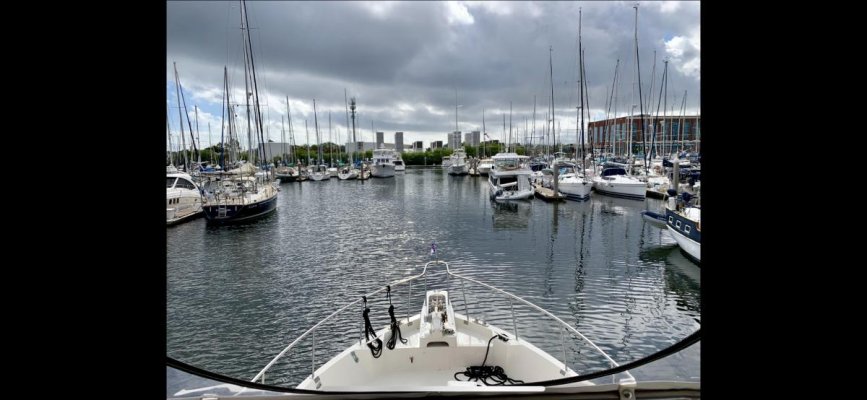Well, I hate to throw a bucket of cold water on those who say you don’t need rudders to dock a twin screw boat but I would disagree. Use of rudders while docking greatly enhances the bag of tricks at hand for variable conditions including high current, breezy days and tight spaces. You will need rudders to walk a boat sideways into a berth. If you don’t know how to do this, have someone show you how, it will certainly enhance your boat handling skills. Although I have a bow thruster, I seldom find use for it as I use my rudders in conjunction with engines to get into tight spots. Oh and btw I consider my rather small rudders to be a detriment and would rather have larger but they work well enough for me to single hand my 53’, 62,000lb boat into most berths.




